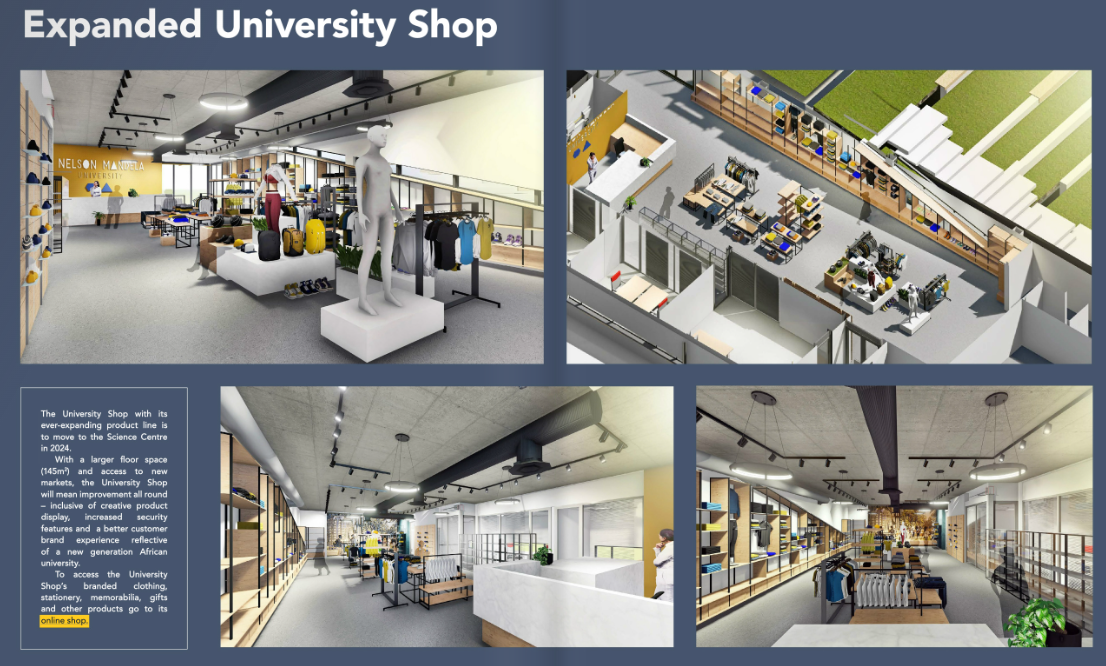.jpg)
The new iconic Digital Dome on Ocean Science Campus, completed in July 2023, will not only serve the University’s academic project but also the wider Gqeberha community with its multi-purpose and immersive capabilities.
“Our science centre is set to act as an exciting intermediary between our university, our partners and the public … It will be a dream to see this science centre serving as a platform for our scientists and researchers to share their work, explain complex concepts, and foster dialogue with visitors,” said Deputy Vice-Chancellor: Research, Innovation and Internationalisation Dr Thandi Mgwebi.
The University’s digital dome is the most sophisticated in the country to date, with only two other comparable ones at Iziko South African Museum in Cape Town and on Naval Hill in Bloemfontein.
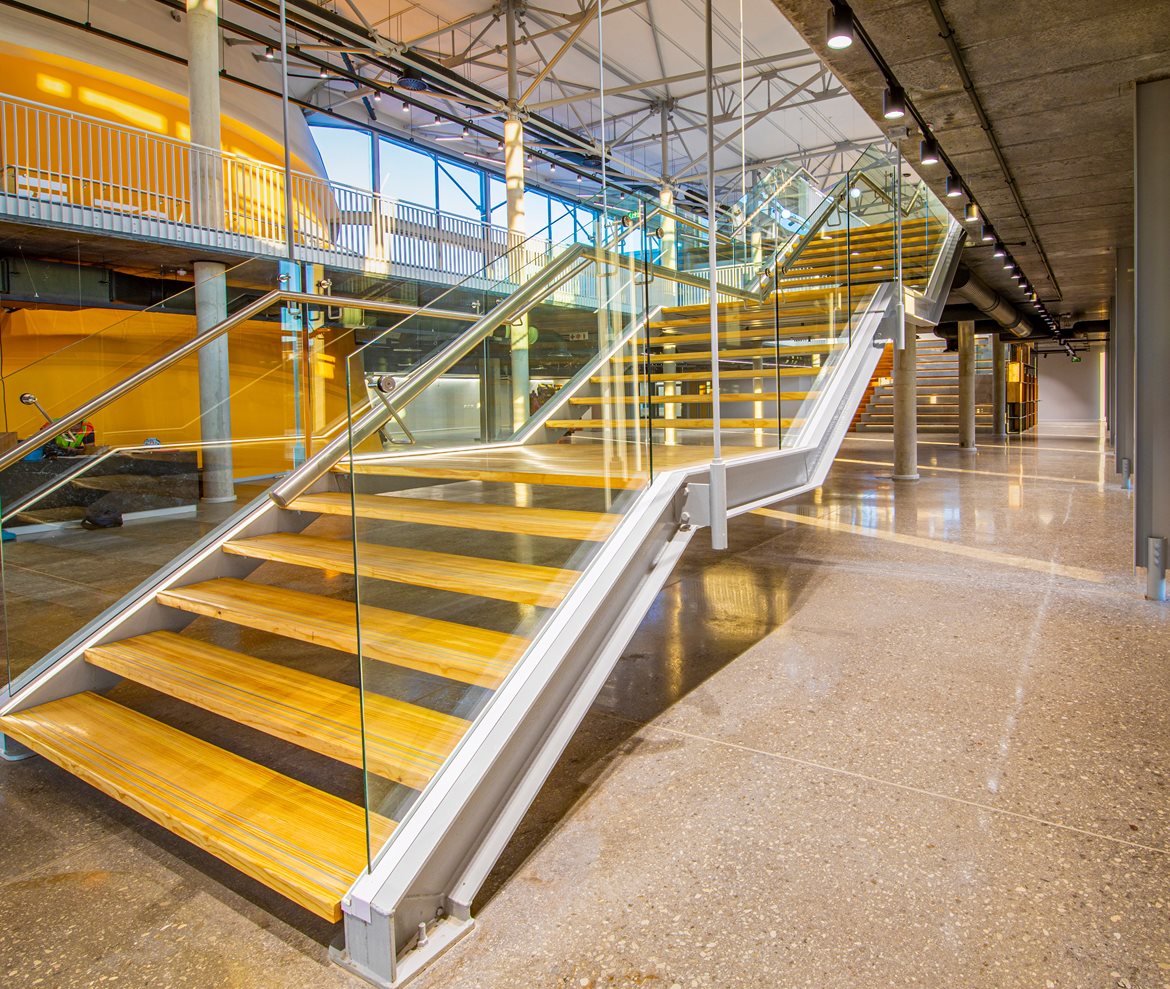
Capabilities
The new building funded by the Department of Higher Education’s (DHET) Infrastructure Efficiency Grant, and presently referred to as the Digital Dome or Science Centre offers capabilities beyond that of a planetarium.
It will be a major boon to everyone’s understanding of science, but also to the other areas of study because of its multi-purpose functions.
“Apart from the astronomy aspect of viewing the stars, the Digital Dome offers technology that allows the viewer to be immersed in other worlds, thanks to the 360-degree, screening techniques on the dome of the building,” explained head of infrastructure Planning Graham Gouws.
The two-storey, 138-seater dome comes with extensive openplan exhibition space, a 100-seater interactive teaching laboratory with moveable desks, another 60-seater digital space, an office for VIP guests and presenters, another for the facility manager, a small boardroom, and other offices.
“This one-of-a-kind building will offer an immersive experience as three-dimensional images will be projected onto the dome and completely surround the viewer. It will be a bit like the IMAX theatre – but bigger and all around you,” enthused Gouws, referring to the 15-metre high-resolution images.
In addition, the 32752m2 facility (1699m2 g round fl oor, 1 576m2 first floor) will also become home to University Shop and a coffee shop that will open out onto a large forecourt looking over University Way.
The dome screen itself is suspended inside a concrete outer building shell.
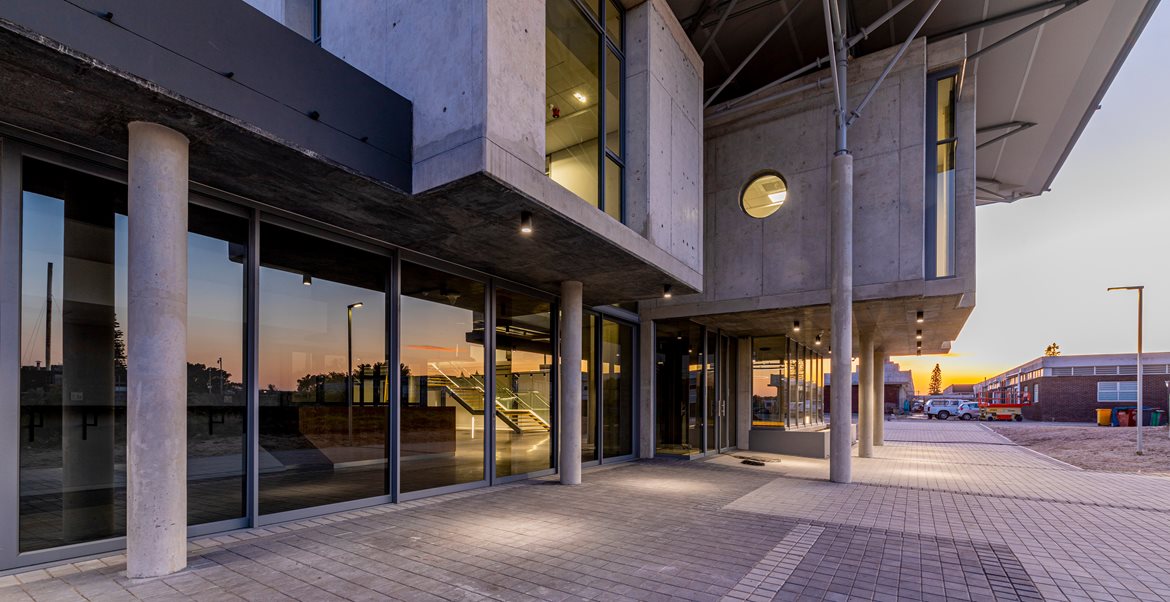
Transformation of spaces
The Dome and its neighbour, Newtonian, the iconic engineering building across the road on University Way, will also face onto what will become a pedestrian boulevard for the institution.
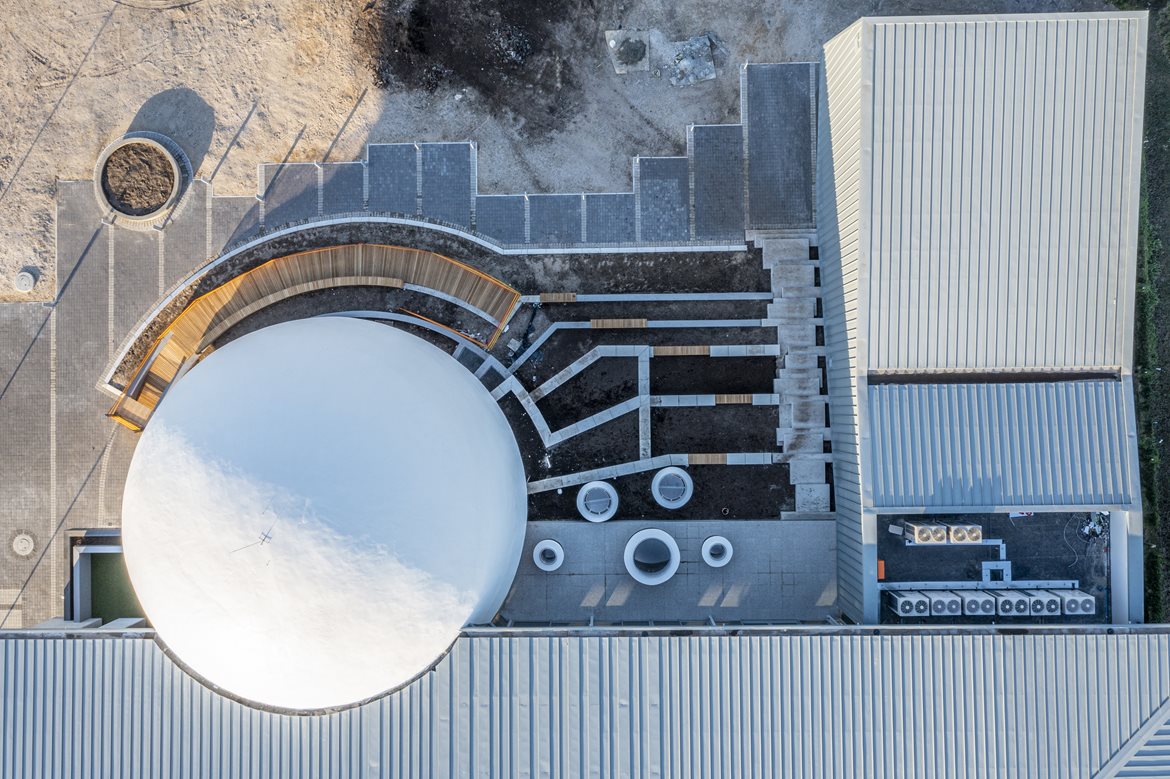
What’s on at the Dome?
Film footage can be bought, hired, or produced, which means everything from astronomy to the depths of the ocean. The University, however, intends to produce its own screening material. It will also have access to some shared material as part of the SkySkan group.
The screened content will be controlled by the presenter, who will have different presentation options. This, for example, allows interactive engagement by the presenter or online narrator, or the conventional screening of movies.
The road presently used by vehicles to access South Campus University will be downscaled to a narrower internal road and be reimagined into a pedestrian walkway linking the campuses together. The boulevard will be a safe passage for staff and students lined with indigenous trees and seating to become a social meeting node.
Fences will between North and Ocean Sciences campuses will be removed once the new entrance to North Campus is completed as part of the ongoing physical transformation of Nelson Mandela University.
The timeline for the latter is dependent upon funding.
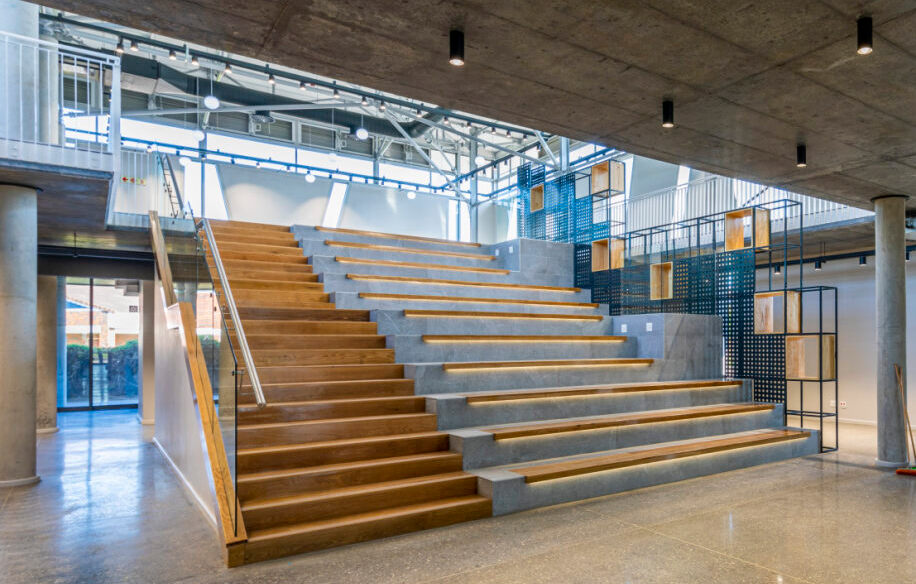
Making science accessible
Dr Thandi Mgwebi said “the time is now” in terms of providing equitable access to science education and in striving to create welcoming and inclusive environments for all visitors.
“By design, science centres provide a dynamic platform for universities to engage with the public, enhance science education, foster scientific curiosity, and bridge the gap between academia and society. They should therefore provide a platform for promoting an inclusive and informed scientific community.
“Interaction with the public is one way of enhancing science communication and building trust between researchers and the public.”
She said a management plan towards ensuring these objectives are achieved was in place, and staff appointed to drive plans.
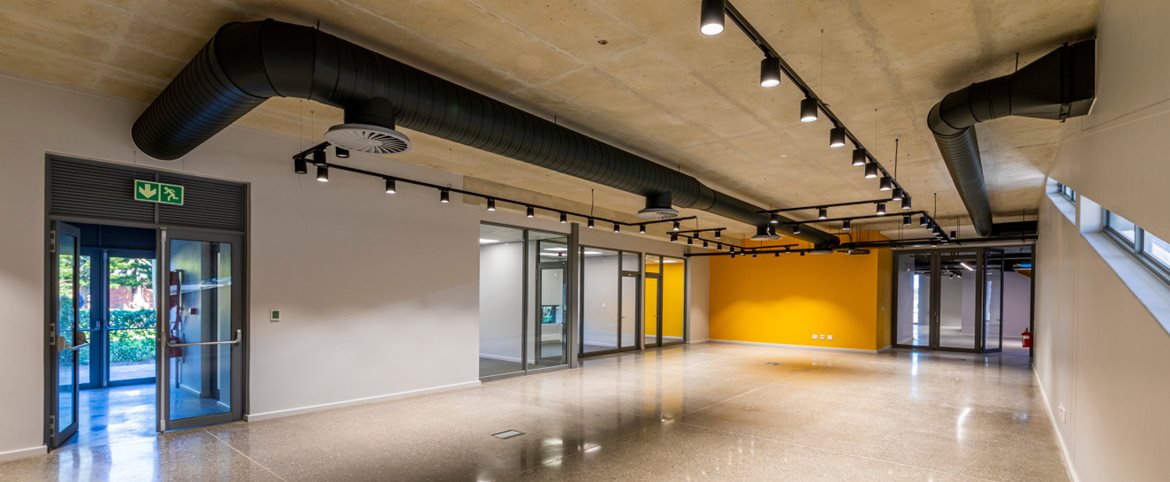
Community engagement benefits
The Dome will not only benefit the institution in terms of additional teaching spaces across all its disciplines but will benefit the Metro and province more broadly.
“This facility is for the wider community, especially teachers and school children, to learn about any range of things. The Digital Dome is a facility from which we can all benefit,” says Infrastructure Planning head Graham Gouws.
“School children who visit will enjoy a tour, inclusive of a 3D show, and are unlikely to forget the experience. They can be exposed to everything from life under water to the possibility of life in outer space. The learning opportunities are endless.”
Guest lectures, conferences, exhibitions, and transdisciplinary gatherings will also be hosted at the Science Centre.
This article was published in the latest edition of Thetha our alumni and friends’ magazine
